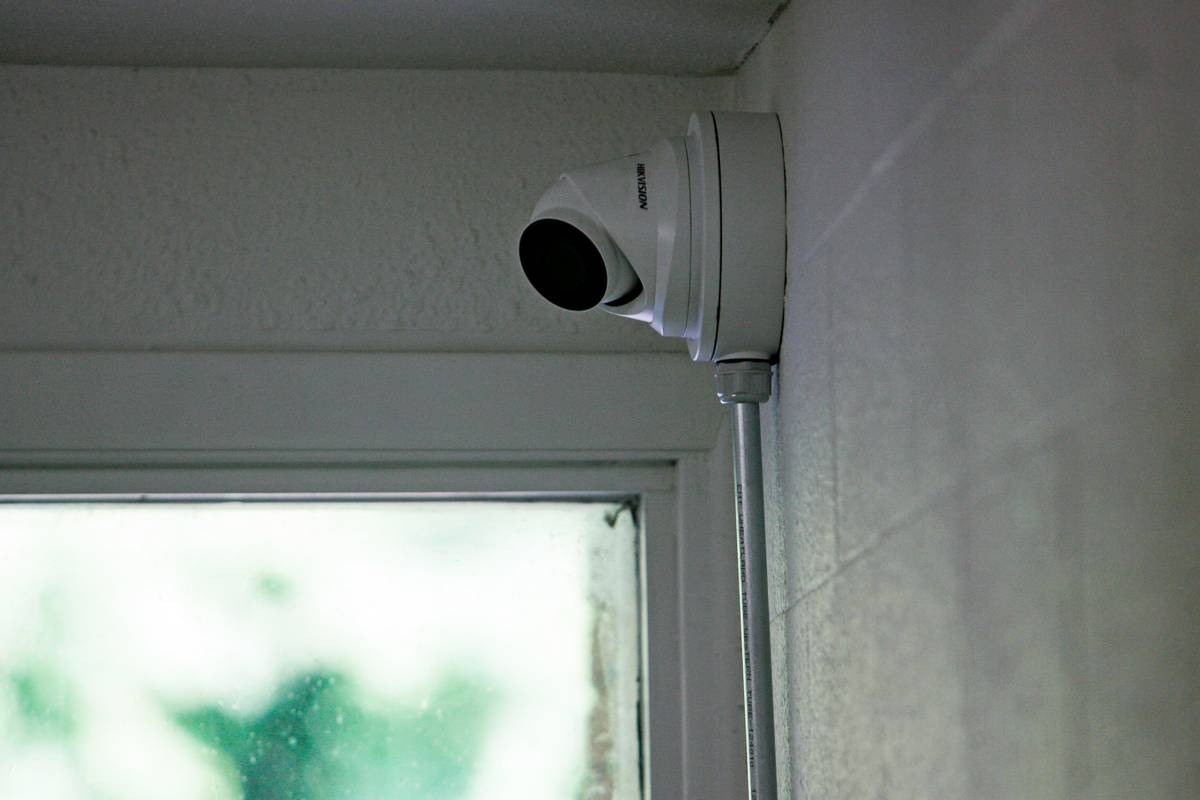Ever been hit with a burglary claim only to find out your insurance has a cap that leaves you out of pocket? It’s frustrating—trust me, I’ve been there. Imagine this: You’re finally recovering from the shock of a break-in, only to realize the “property insurance cap” on your policy doesn’t cover half of what was stolen. Ouch. Today, we’ll dive deep into understanding property insurance caps, how they affect burglary insurance, and how you can safeguard yourself without falling victim to sneaky clauses.
Table of Contents
- Key Takeaways
- Why Property Insurance Caps Matter for Burglary Claims
- Step-by-Step Guide to Navigating Your Property Insurance Policy
- Best Practices to Avoid Being Burned by Caps
- Real-Life Examples of Burglary Insurance Pitfalls
- FAQs About Property Insurance Caps
Key Takeaways
- A property insurance cap limits the maximum payout you’ll receive per claim or incident.
- Burglary insurance often falls under broader homeowners’ policies, but caps can leave victims underinsured.
- Knowing your policy limits helps avoid financial surprises after an unfortunate event.
- Always shop around, read fine print, and consider supplemental coverage if needed.
Why Property Insurance Caps Matter for Burglary Claims
“I thought my $50K in jewelry would be covered.” That’s something no one wants to say when filing a burglary claim—but it happens all too often. Many people don’t realize their policies come with property insurance caps, limiting payouts based on specific categories like valuables, electronics, or art.
For example:
- Standard homeowner policies might limit valuables (like jewelry) to just $1,500–$2,500 total—even if your items are worth far more.
- Silverware sets, heirlooms, or rare collectibles? Yep, capped at laughably low amounts unless explicitly stated otherwise.
- This isn’t some Big Insurance conspiracy—it’s standard practice. But trust me, it feels personal when you’re the one left holding the bag.

Step-by-Step Guide to Navigating Your Property Insurance Policy
Optimist You: “If I skim through this dense document, I can probably figure it out.”
Grumpy You: “Do you have eight hours and a law degree?”
Don’t worry—we’ll break it down step by step so navigating your policy doesn’t feel like deciphering ancient runes.
Step 1: Locate the Declarations Page
Your declarations page outlines the basics: premium costs, coverage limits, and deductibles. Look for sections labeled “Coverage C – Personal Property“—that’s where most caps hide.
Step 2: Identify Specific Limits
Dig deeper into sub-limits. For instance, while your overall policy may offer $100K in personal property coverage, individual categories could be capped lower: Jewelry ($1,500), Firearms ($2,000), etc.
Step 3: Check Exclusions
Some high-value items aren’t even covered unless added as endorsements (extra riders). Yeah, annoying—but important to know upfront.
Pro Tip:
If terms seem confusing, call your agent. They’re paid to explain these things, though fair warning—they may use words like “actuarial” and “indemnity.” Bring coffee.
Best Practices to Avoid Being Burned by Caps
- Take Inventory: Snap photos of everything valuable. Apps like HomeInventory make cataloging easy.
- Get Appraisals: Documentation proves value in case of dispute. A $20 appraisal now saves headaches later.
- Upgrade Coverage: Add scheduled personal property endorsements for pricey items. It costs extra but ensures full replacement cost.
- Review Regularly: Life changes; policies should too. Review annually—or whenever big purchases occur.
Terrible Tip Alert: Don’t assume “standard coverage” means “adequate coverage.” This mindset will haunt you post-burglary.

Real-Life Examples of Burglary Insurance Pitfalls
Meet Sarah. She lost $20K in electronics during a break-in. Her insurance? Capped at $5K per category. Result? Out-of-pocket misery she wasn’t prepared for.
Then there’s John, whose vintage guitar collection was appraised at $30K. His insurer balked because he lacked documentation—a lesson in why inventory matters!
These stories underscore why proactive measures beat reactive regrets every time.
FAQs About Property Insurance Caps
Q: What exactly is a property insurance cap?
A: It’s the maximum amount an insurer will pay per category or item type. Think of it as a ceiling—not optional overtime pay.
Q: Can I negotiate higher caps?
A: Sometimes! Talk to your agent about adding endorsements or riders for special items.
Q: Will renting vs owning change my cap structure?
A: Yes. Renters’ insurance policies mirror homeowners’, but limits may differ slightly depending on providers.
Conclusion
We’ve covered a lot today—from unraveling the mystery of property insurance caps to actionable strategies ensuring your burglary insurance actually works for you. Remember, knowledge is power—and preparation prevents poor outcomes.
So grab that camera, update your inventory list, and give your policy a second look. Trust me, future-you will thank present-you.
Chef’s kiss, because who doesn’t love peace of mind served piping hot?
Like a Tamagotchi, your insurance needs daily feeding. Stay sharp!


